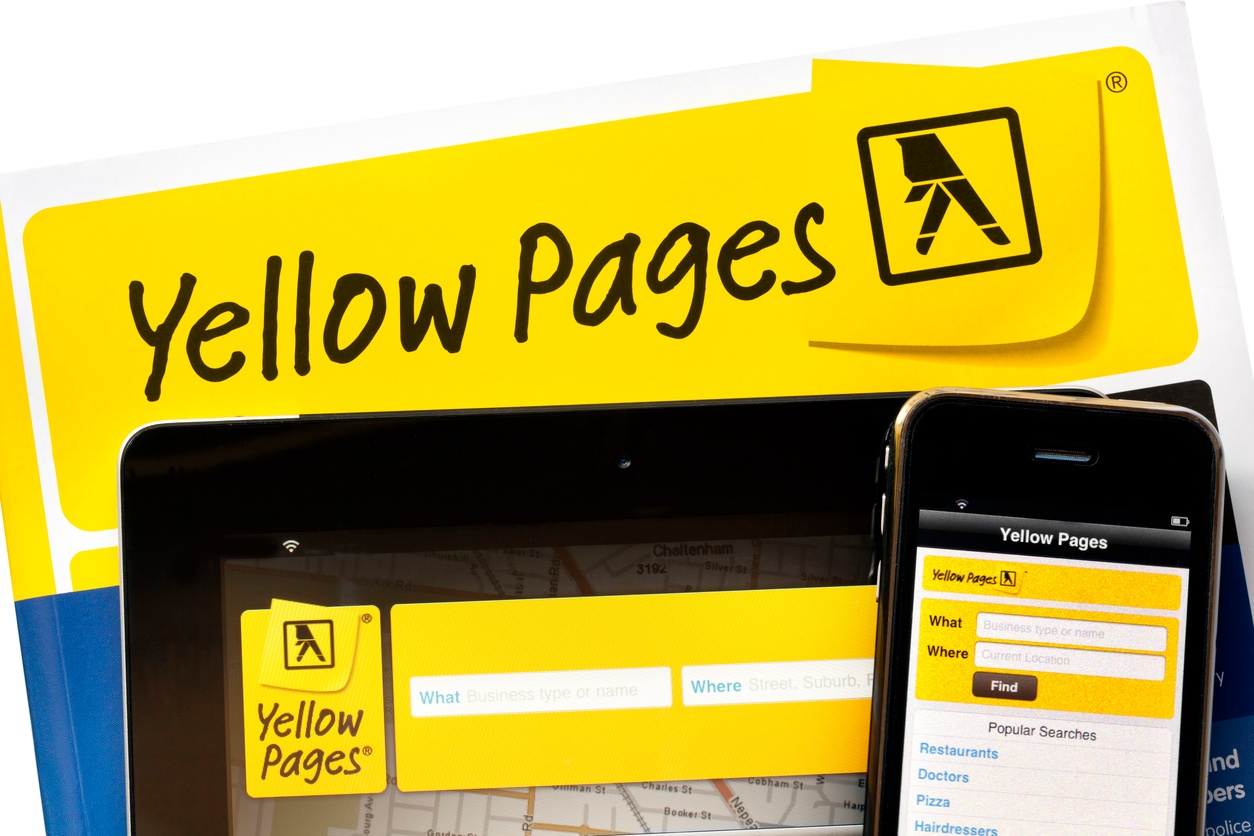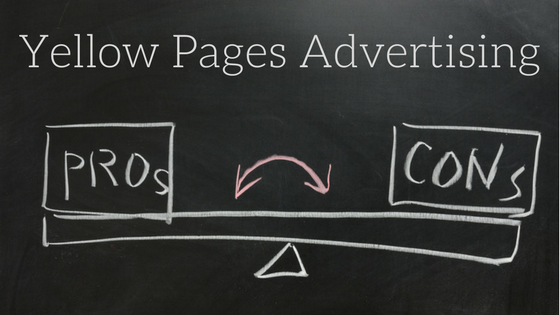Advertising is one of the keys to making your new business a success. Building brand awareness, establishing trust, attracting new customers, and encouraging repeat sales are just a few of the benefits of a well-planned and effective advertising strategy. To maximize success, it’s important to spend your budget wisely, ensure you have a solid branding plan, and be well-informed about your industry and the market. We’ve put together a list of 10 questions to ask yourself before you advertise your new business.
10 Questions to Answer to Know if You're Ready to Advertise Your New Business
Topics: Marketing Strategy
As healthcare evolves, patient engagement is becoming one of the highest priorities. That means healthcare professionals must rethink their marketing strategy, evaluating new trends and adopting new methods of reaching patients. Here are 8 healthcare marketing trends that are worth considering.
Topics: Integrated Marketing, Radio Advertising, Marketing Strategy, Joplin Market, Health/Medical
Trending Marketing Tips for Your Law Firm: Don't Get Left Behind
Marketing has evolved, and law firm marketing is no exception. Branding is critical to distinguish your firm from your competition and increase the likelihood that when someone needs your services, they will turn to you. Here are some marketing tips for law firms to guide you in developing a marketing strategy that works.
Topics: Marketing Strategy, Consumer Behavior, Legal
How Summer Can Negatively Impact Your Marketing, and How to Prevent It
Summer is all but upon us, bringing sunny, warm weather, barbecue, and beach vacations. This might mean you don’t think you need to bother with summer marketing. Maybe it’s because you’ll see plenty of traffic and don’t need the extra exposure, or maybe it’s because you’re a winter-focused business that you think no one wants to hear about in summer. However, either way, you may want to rethink. In today’s post, we’ll take a brief look at summer’s impact and ways that marketing in the off season or peak season can still have an impact.
Topics: Radio Advertising, Marketing Strategy, Consumer Behavior
A Deep Dive into the Evolving Roofing Customer: Who They Are and What You Need to Know
The digital world is constantly evolving, and customers are evolving right along with it. Devices are getting smarter and helping customers make smarter decisions. For brands to compete, their marketing strategies must reflect the evolving ways in which customers receive information and make purchasing decisions. Here we take a look at how this evolution affects roofing company advertising.
Topics: Marketing Strategy, Consumer Behavior, Home Improvement
The Dos and Don'ts of Branding Your Law Firm Effectively
Branding through marketing is critical for every business, even when that business is a law firm. After all, while clients are probably already a qualified lead by the time they approach your firm, branding is why they know about your firm to begin with. Even so, you’ve studied to win in the courtroom, not the marketplace, and law firm branding may seem outside your wheelhouse. That’s why we’ve put together a list of twelve do’s and don’ts to help you start branding your law firm effectively.
Topics: Small Business Resources, Marketing Strategy, Marketing ROI, Legal
What Every HVAC Company Should be Doing in the Summer to Ensure Business in the Winter
During the summer, when temperatures soar, it’s likely that consumers will already have HVAC companies on their minds as they rely on their air conditioners to keep them cool. Here are some ideas for HVAC company marketing in the summer that will help ensure a steady flow of business in the winter.
Topics: Marketing Strategy, Consumer Behavior, Home Improvement
The 2017 State of the Yellow Pages: Are Your Legal Clients Using Them?
Yellow Pages advertising is relatively inexpensive, and for many lawyers, it’s their go-to advertising medium. But the Yellow Pages has its limitations. Many people use the Yellow Pages as a doorstop or booster seat, but it never occurs to them to use it to find a business. For that, they turn to Google. So, while the Yellow Pages remains an effective way to reach a certain segment of your law firm’s target market, it’s important to understand its limitations and explore advertising alternatives that can provide a wider reach.
Topics: Small Business Resources, Radio Advertising, Marketing Strategy, Legal
Spring and Summer Marketing Tips for Plumbing Companies
Many homeowners think of seasonal plumbing maintenance as winterizing — insulating pipes and sealing up cracks. However, plumbers know that spring and summer brings its own risks for plumbing issues. We’ve put together some tips to market your plumbing company during spring and summer.
Topics: Small Business Resources, Marketing Strategy, Joplin Market, Consumer Behavior, Home Improvement
For a long time, Yellow Page advertising was the premier method of getting your business in front of potential customers because it was the reference everyone turned to regularly for contact information. Unfortunately, since the advent of the internet, and in turn mobile access to the internet and the social connectivity that followed, the need for the Yellow Pages (or, as they’ve somewhat rebranded, YP) has dropped. Even so, consumers turn to multiple resources as they move through the path to purchase. Understanding the pros and cons of Yellow Page advertising will help you determine if and how this channel should be a part of your marketing mix.










